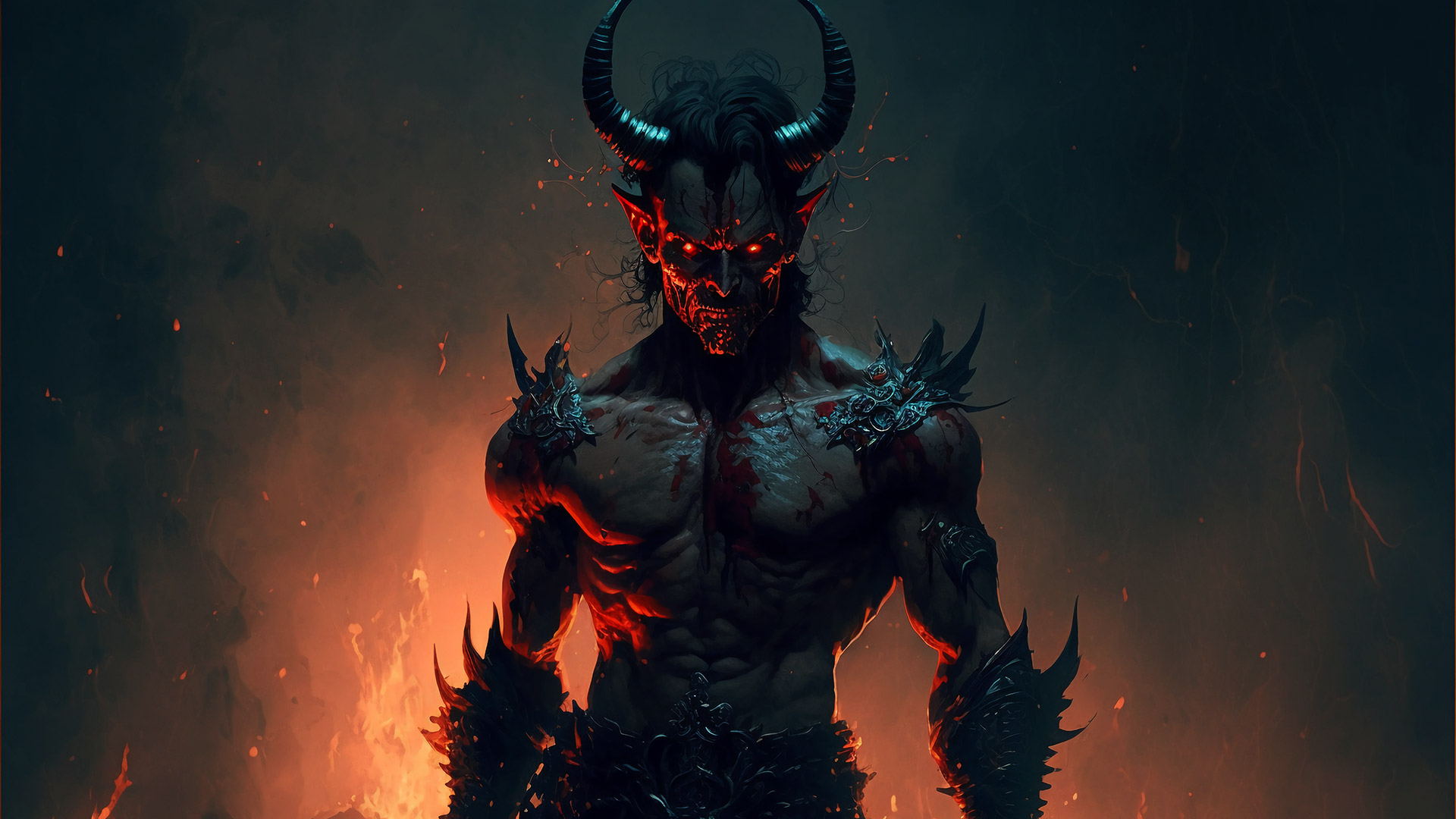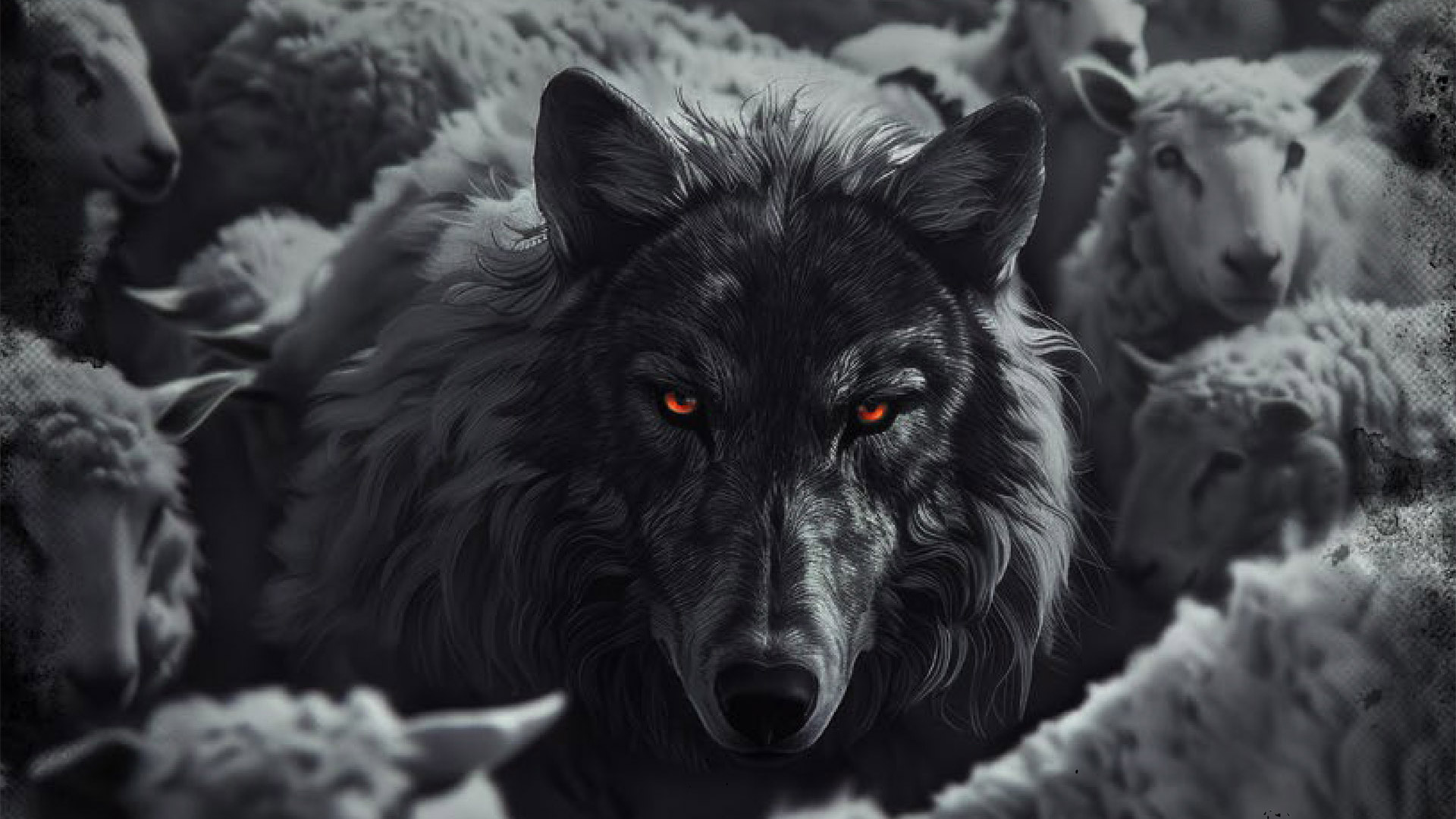The Beguiling Cult of Freemasonry
Teaching All Roads Lead to Heaven
By Tim Moore

Download Article Flip Thru Article
I was recently contacted by a friend who inquired about the ongoing influence of the Masons. While arguably not as prominent as it was in the past, the Masons represent a unique group whose cultish tendencies become obvious the more their secret rituals are revealed. Yet many people—including Christian men—are drawn into Freemasonry because of its public perception of fraternity and benevolence.
While the origins of Freemasonry are cloaked in mystery, it is widely recognized that the movement began its rapid ascension throughout western societies early in the 18th Century. Some have even pointed to the founding of the first grand lodge in a London alehouse in 1717 as the beginning of this fraternal order steeped in deism and ritual.
An anonymous book published in 1730 entitled, The Defence of Masonry (sic), asserted that Freemasonry descended from the mystery cults of ancient Greece and Rome, but borrowed heavily from the pre-Christian symbolism of Judaism. Blending all of these religious ideologies into what was presented as a homogenized faith system, Freemasonry sought to cut through the class and denominational boundaries that tended to separate rather than unify.
The central tenets of Masonry revolve around the wholesome ideals of brotherly love, relief, and truth. Channeling gnostic tendencies, apprentices are invited to pursue secret “higher knowledge” as they progress along “craft degrees” and progressively higher orders attainable only by Master Masons—such as York Rite, Mark Rite, Scottish Rite, Knights Templar, and Shriners. Lending credibility to the benevolence of the various rites, Masons are known for their charitable hospitals and works.
One key component of Masonic teaching is a reverence for mathematical and geometric order. Many of their symbols harken to architectural implements and symbolism, even to the point of referring to God as “the Great Architect.” While this extrabiblical title would not be offensive with regard to God’s position as Creator and Sustainer, Masonry’s creation of a hierarchal society devoid of Jesus Christ—and bereft of His Gospel—relegates this man-affirming organization to yet another cult.
Do Not Be Deceived
Let me be clear: I know many Christians have dabbled in Masonry—just as others have dabbled in other pursuits that were not conducive to the faith once for all handed down to the saints. Additionally, some have considered their Masonic affiliation to be little more than a harmless brotherhood, like the Moose or Elk clubs that were once popular in parts of America. They are often unaware that at its core, “Freemasonry is undoubtedly a religion”—a point made by the authoritative book, Coil’s Masonic Encyclopedia.
As Dr. David Reagan cited in the May/June 2007 Lamplighter article, the Kentucky Masonic handbook espouses outright syncretism:
Masonry makes no profession of Christianity… but looks forward to the time when the labor of our ancient brethren shall be symbolized by the erection of a spiritual temple… in which there shall be but one altar and one worship; one common altar of Masonry on which the Veda [Hinduism], Shastras [Buddhism], Sade [Astrology], Zend-Avesta [Zoroastrianism], Koran [Islam], and the Holy Bible shall lie untouched by sacrilegious hands, and at whose shine the Hindoo (sic), the Persian, the Assyrian, the Chaldean, the Egyptian, the Chinese, the Mohammedan, the Jew, and the Christian may kneel and with one united voice celebrate the praises of the Supreme Architect of the Universe.”
Syncretism—the homogenization or amalgamation of different religions and cultures into a single blended religion.
That innate desire to belong—and to cut through the contentiousness and competition of the world—springs from deep in the heart of man. Men are particularly susceptible to this pull and long to be fraternally connected to other manly men—whether it be the “He-Man Woman-Haters Club” of the Little Rascals or the drinking clubs that fill fraternity rows on college campuses today. Appealing to a sense of deep meaning, the thought of connecting to an organization that supposedly traces its origins to the building of Solomon’s temple is very attractive. Who wouldn’t want to be lumped in with the wisest man who ever lived?
But another Man who descended from Solomon said, I am the Way, the Truth, and the Life. Only those who recognize that their desperate need for salvation can only be met by a Savior—and not by righteous works or worldly affiliations—will find true balm for their souls.
The True Gospel is Not Hidden
…if our gospel is veiled, it is veiled to those who are perishing, in whose case the god of this world has blinded the minds of the unbelieving, so that they might not see the light of the Gospel of the glory of Christ, who is the image of God” (2 Corinthians 4:3-4).
The Gospel of Jesus Christ is not a secret. It is the Good News that Christ has come, accepting the punishment of death on behalf of every sinner who places their trust in Him. As the only pure and worthy sacrifice, His death covers over our sins and justifies us before God—allowing us to be in an eternal, life-giving relationship with the Almighty. Jesus’ resurrection from the dead not only proves that His sacrifice was accepted by the Father, it demonstrates His power over death and authority to guarantee us eternal life.
In his book, Introduction to Freemasonry, famous Mason Carl Claudy wrote, “In his private petitions a man may petition God or Jehovah, Allah or Buddha, Mohammad or Jesus; he may call upon the God of Israel or the Great First Cause. In the Masonic Lodge he hears petition to the Great Architect of the Universe, finding his own deity under that name. A hundred paths may wind upward around a mountain; at the top they meet.”
Not true.
Jesus testified, “I am the Way, the Truth, and the Life. No one comes to the Father except through Me” (John 14:6). One narrow path leads to everlasting life; all others present a broad path that leads to everlasting destruction (Matthew 7:13-14).
In God’s kingdom, there are not multiple orders or heightened degrees. There are only sinners saved by grace who are awaiting their homegoing. So, while we can enjoy the fellowship of other believers in the Church Jesus established, all our praise and adoration is directed to Him.




